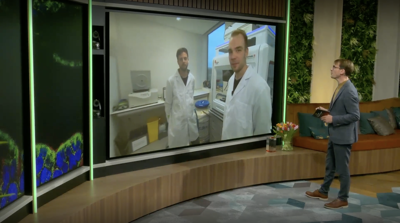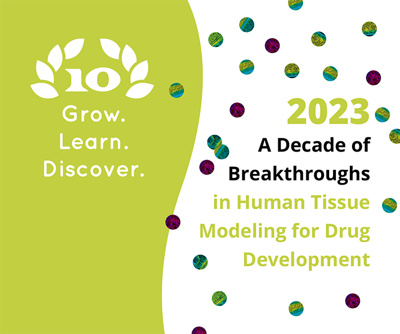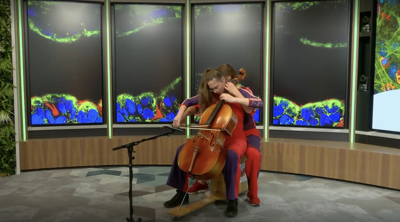During this event, many excellent speakers from pharma, industry, and academia covered a wide range of topics related to 3D tissue and disease modeling.
Program
Below, you can find the links to the recordings. Please click on the title of the presentations for access.
- Marc Ferrer, PhD (NCATS, National Institutes of Health)
Advancing Drug Discovery with Biofabricated 3D Tissue Models
During his presentation, Dr. Marc Ferrer discusses how validated 3D bioengineered tissues can be used in disease modeling and drug development. He also highlights the technologies that are used in his lab to advance the overall drug discovery process.
bioengineered tissues can be used in disease modeling and drug development. He also highlights the technologies that are used in his lab to advance the overall drug discovery process.
- Bas Trietsch, PhD (MIMETAS) and Henriette Lanz, PhD (MIMETAS)
Scientific Discussion about the Importance of Humanized 3D Tissue and Disease Models
Learn about the general importance of humanized 3D disease and tissue models and how they can revolutionize drug discovery and development, as the participants of this talk examine and address various types of models and diseases.
and how they can revolutionize drug discovery and development, as the participants of this talk examine and address various types of models and diseases.
- Rebecca Riddle (Cambridge University)
Using the OrganoPlate® to Develop a Vessel-on-a-Chip Model for Inflammation
During her presentation, Rebecca Riddle discussed how she studied neutrophil transmigration across the endothelium and ECM, by utilizing the OrganoPlate® platform to develop a 3D inflammation-on-a-chip model.
- Henriette Lanz, PhD (MIMETAS)
Placing Compounds and Targets in the Patient Context through Phenotypic Disease
In this talk, Dr. Henriette Lanz addresses how patient phenotypes in their in vitro model setup can be used to find novel compounds for treatments of progressive and multifactorial diseases such as pancreatic ductal adenocarcinoma (PDAC).
model setup can be used to find novel compounds for treatments of progressive and multifactorial diseases such as pancreatic ductal adenocarcinoma (PDAC).
- Roundtable Discussion with Gera Goverse, PhD (Crownbio Inc.), Christopher Cooper (Labcorp) and Nienke Wevers, PhD (MIMETAS)
In vitro Models on the Critical Path towards New Drugs: Quo Vadis?
During the Roundtable Discussion, the participants examine the third wave of drug development, centering their discussion around biological disease processes in physiologically relevant disease models in combination with targets, compounds and new therapeutic modalities.
